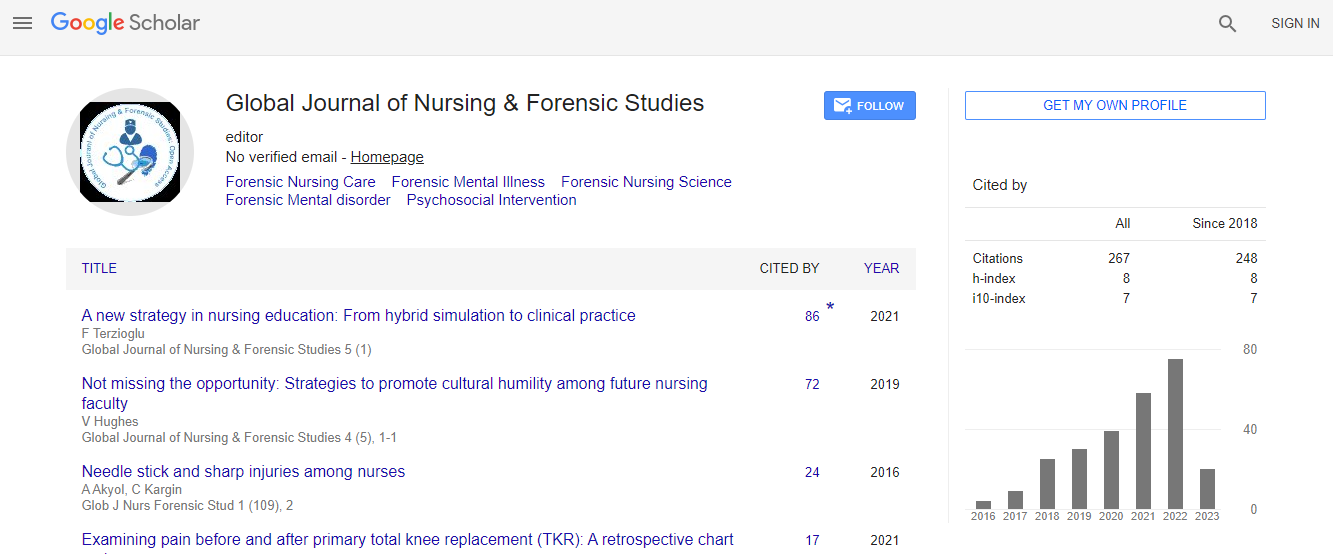Examining pain before and after primary total knee replacement (TKR): A retrospective chart review
Abstract
Objective: The goal of total knee replacement is to improve function and reduce knee pain. The aim of this retrospective chart review was to assess the change in pain intensity from prior to TKR to after TKR at time of discharge from hospital.
Method: Consecutive charts of 595 patients who were discharged from the orthopaedic inpatient setting between January 2014 and July 2014 were reviewed. Data regarding history of pain, pain intensity and opioid use was collected from the pre-surgical information. Post-operative variables collected included analgesics consumed post-operatively, pain intensity on day of discharge and discharge analgesic prescription.
Results: The mean pre-operative pain intensity score was 7/10 (n=473), and the mean pain intensity Score prior to discharge from hospital was 3/10 (n = 548). Four hundred and fifty-six patients had both a pre-operative and pre-discharge pain intensity score documented, for those patients there was a significant change in pain intensity scores from prior to surgery to prior to discharge (p < 0.001). The most common discharge pain related prescriptions included hydromorphone, oxycodone, acetaminophen, and/or celecoxib.
Conclusion: Pain after TKR can be a limiting factor in rehabilitation activities. This retrospective chart review examined the pain intensity scores before and after primary TKR for patients in our facility. We found a significant difference in the pain intensity from before surgery to after surgery. However, further research needs to be conducted to examine the intensity and quality of pain as well as which analgesics patients are consuming after discharge from hospital at 6 weeks and 3 months.

 Spanish
Spanish  Chinese
Chinese  Russian
Russian  German
German  French
French  Japanese
Japanese  Portuguese
Portuguese  Hindi
Hindi 